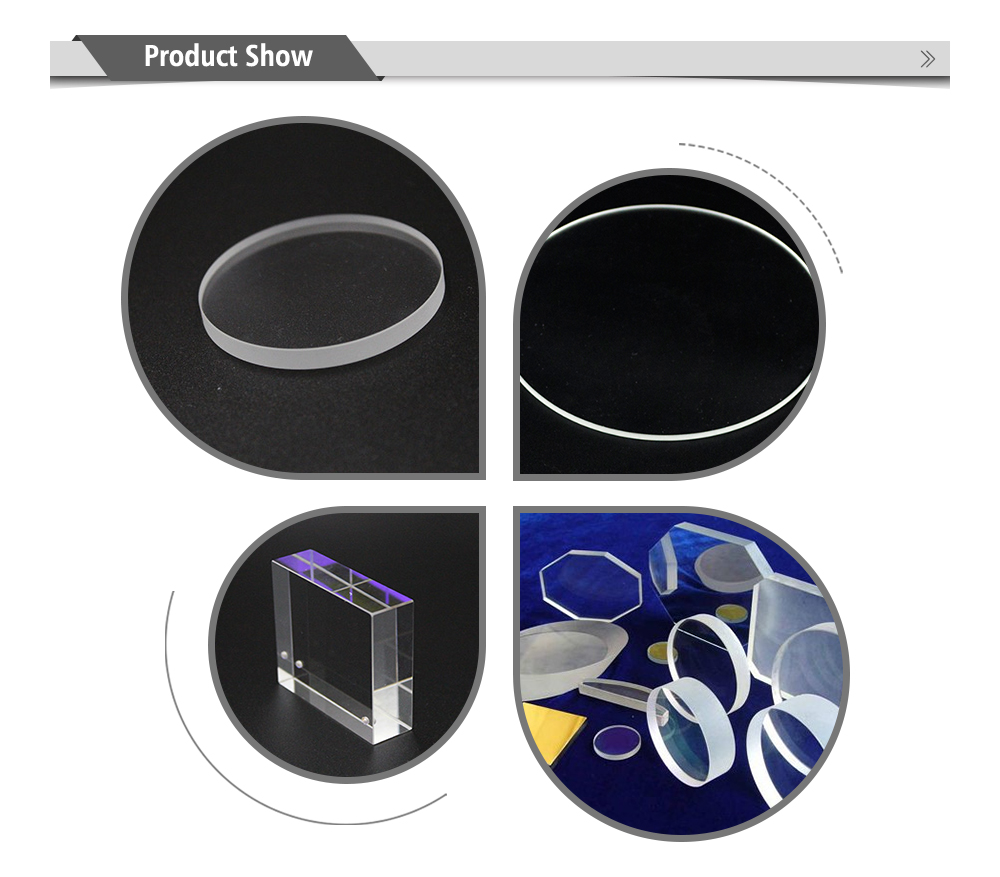
The main component of colorless optical glass is silica, also known as quartz sand. When smelting glass, other substances must be added to improve the performance of the glass and meet the needs of system imaging. For example, the addition of Al2O3 can improve the chemical stability and mechanical strength of the glass; the addition of lead oxide and barium oxide can increase the refractive index of the glass, but the chemical stability is reduced; the addition of sodium oxide can reduce the melting temperature; in addition, other various oxides can be added as needed thing.

|
Product Name |
Colorless optical glass |
|
Diameter |
0.2-300mm |
|
Thickness |
0.5-5mm |
|
Dimension Tolerance |
+/-0.1mm or +/-0.02mm |
|
Surface Quality |
40/20 - 80/50 or better |
|
Clear Aperture |
>85%, >90% |
|
Surface Accuracy |
λ/10 λ/2 |
|
Bevel |
0.1~0.3mm x 45 degree |
|
Coating |
AR, BBAR or custom |
|
Pricing Term |
EXW,FOB,CIF,CFR,CNF, etc. |
|
Payment Method |
T/T, Western Union, L/C, etc. |
|
Package |
Standard seaworthy export packaging. Glass outer packaging: EPE, EPS, plastic corners, carton, plywood box, etc. Fixed: plastic packing belt, steel packing belt, etc. According to customer needs. |
|
Standard |
CE, BSI, SGCC, CCC, ISO9001, EN12150, AS/NZS2208:1996, etc. |
|
Export |
United States, Australia, South Korea, UAE, Italy, Poland, Germany, Thailand, Iran, Israel, etc. |


Colorless optical glass is an inorganic glassy material that transmits light through refraction, reflection, transmission, or changes the intensity or spectral distribution of light through absorption. Has stable optical properties and high optical uniformity.


Colorless optical glass is mostly used in telescopes, microscopes, cameras, sights and other optical instruments as lenses, prisms, mirrors and other optical components.







